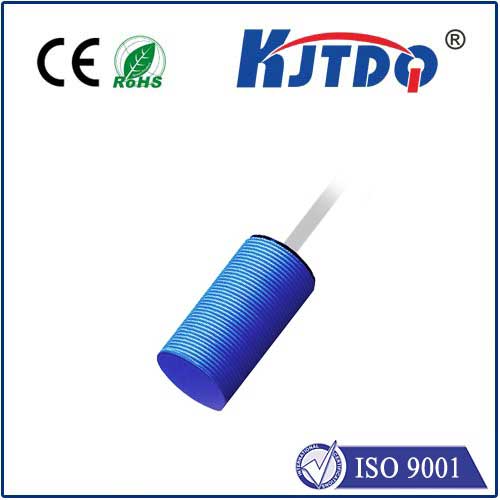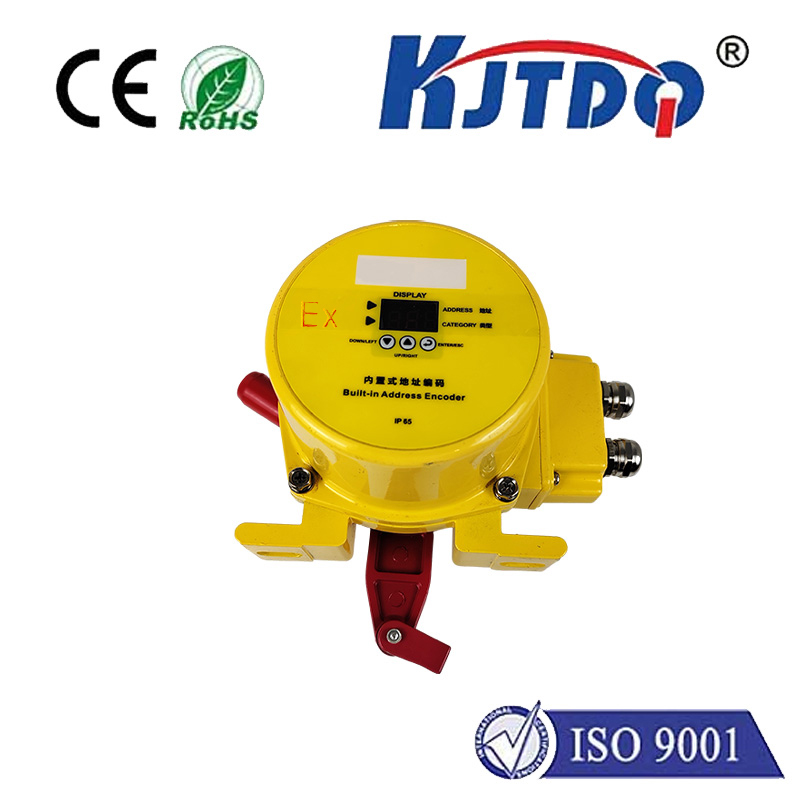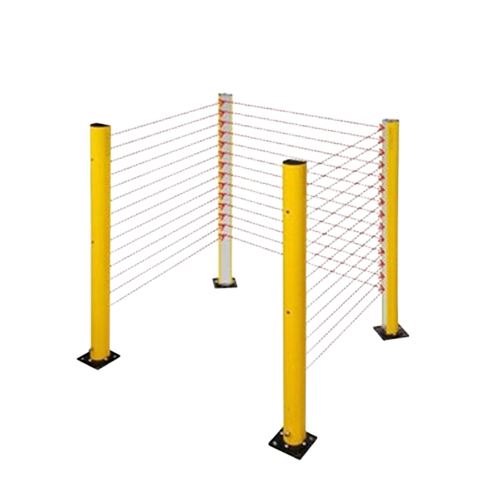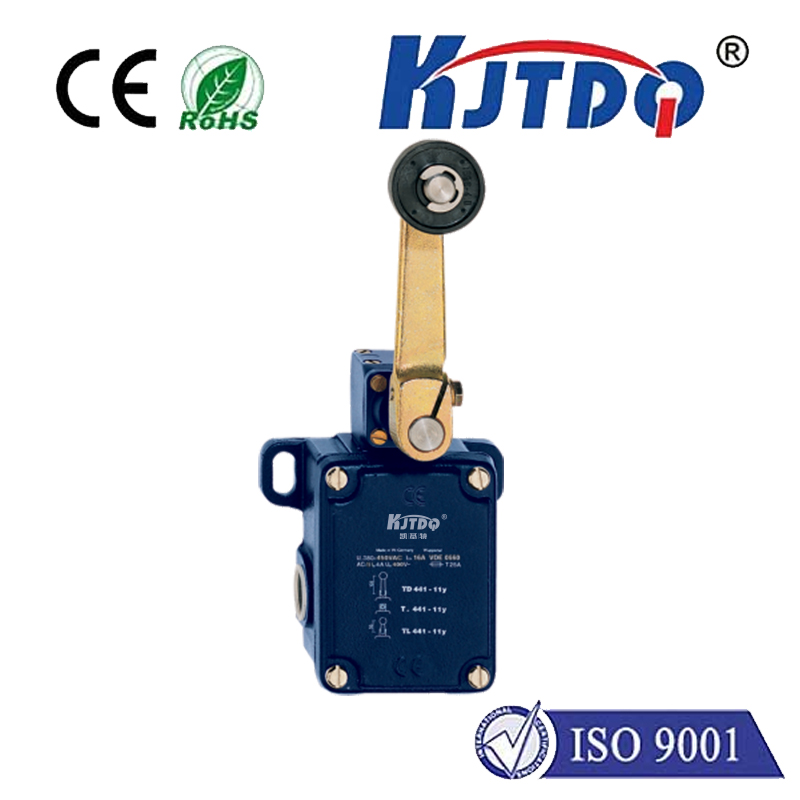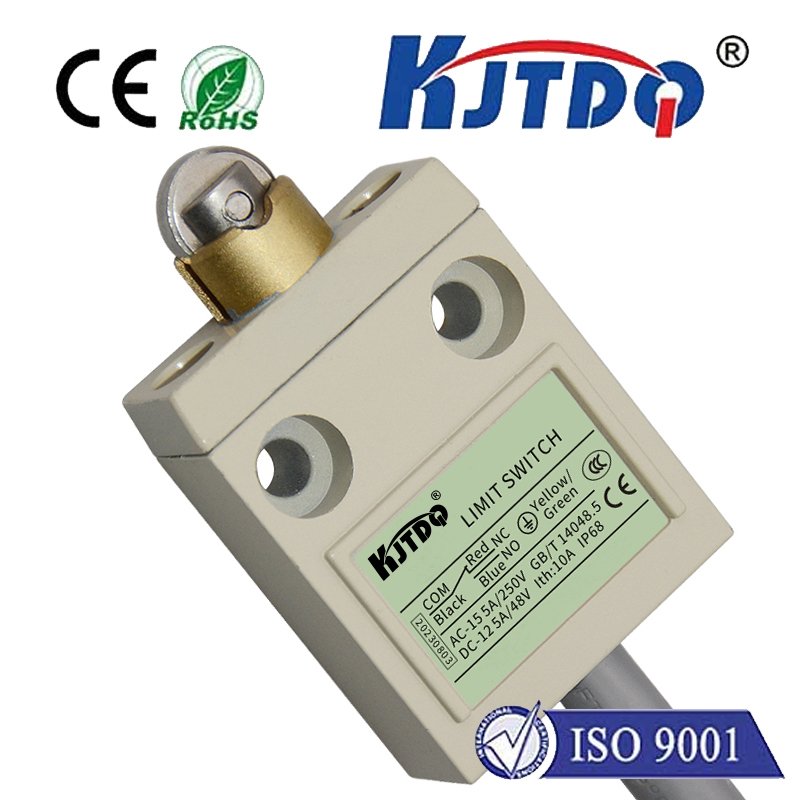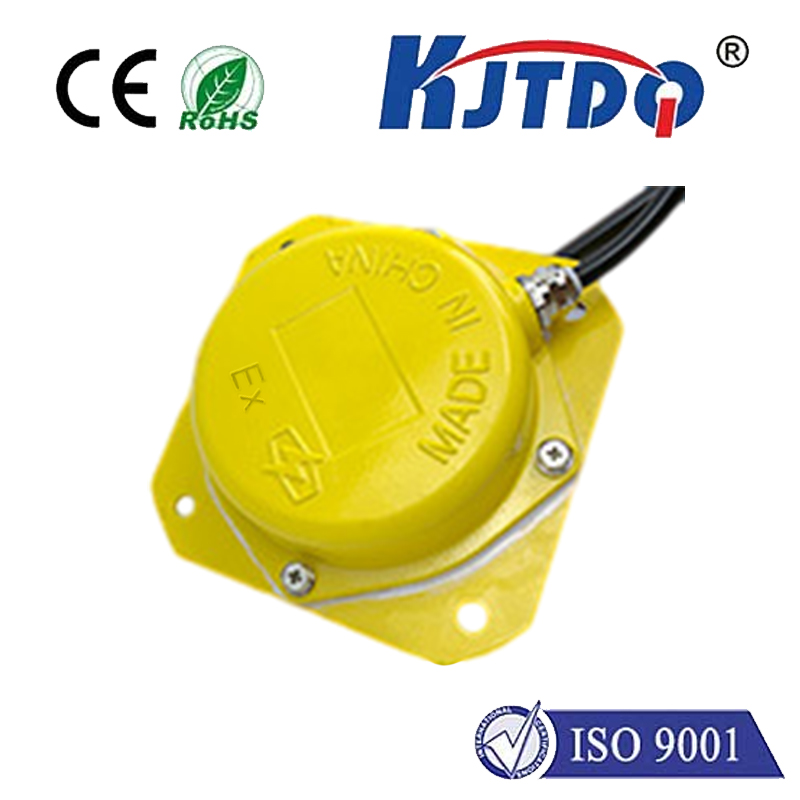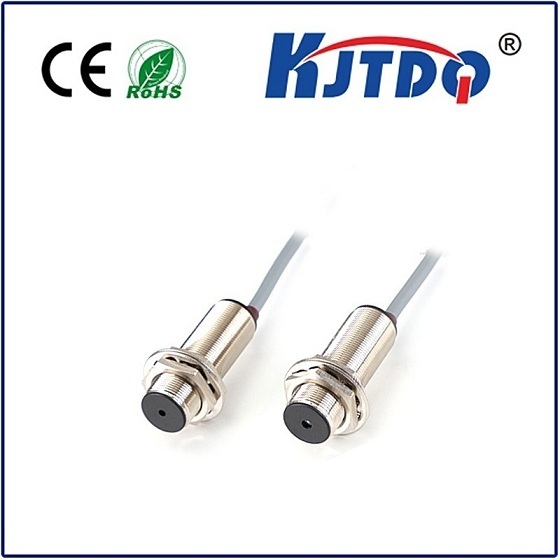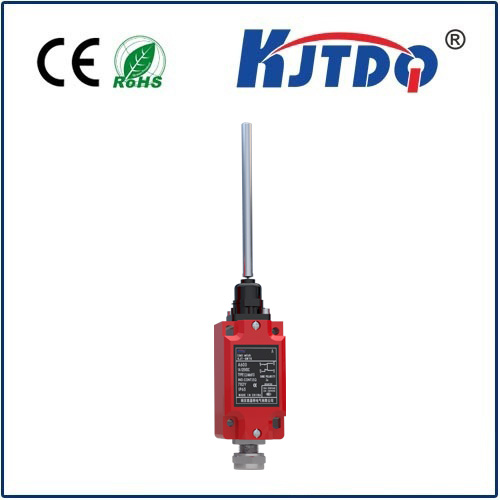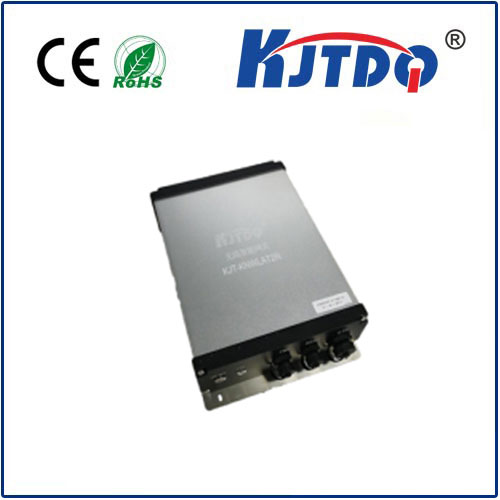

check

check

check

check
Imagine a device that sees the unseen, perceiving objects without touch or visible light – a technological sixth sense. This is the fundamental magic of the Infrared (IR) Proximity Sensor, a ubiquitous yet often overlooked component silently enhancing countless devices around us. These remarkable sensors detect the presence, absence, or distance of nearby objects by harnessing the power of invisible infrared light, enabling smarter, safer, and more responsive interactions between machines and their environment. Understanding how IR proximity sensors work unlocks a world of automation and intuitive control.
Unlike our eyes, which rely on visible light, infrared proximity sensors operate in the electromagnetic spectrum just beyond red light. At their core lies a simple yet effective principle: emitting an infrared beam and detecting its reflection. Think of it as a miniature, light-based echolocation system. The sensor contains two key components:
When an object enters the sensor’s detection zone, it interrupts the path of the emitted IR beam. Crucially, if the object is reflective, it bounces a portion of the emitted IR light back towards the detector. The detector registers this change – either the absence of a reflected signal (if the beam is blocked) or the presence of a reflected signal (if an object is close enough to reflect).
The Role of Signal Conditioning: Detecting raw light reflection isn’t enough. The faint signal from the photodetector is weak and noisy. This is where sophisticated electronics come in. The sensor’s internal circuitry performs signal conditioning:

Key Advantages Driving Widespread Adoption:
Beyond Presence Detection: Distance & Ambient Light Sensing
While basic presence/absence is common, some IR proximity sensors are designed to infer distance. By measuring the intensity of the reflected IR light signal (closer objects generally reflect a stronger signal), they can provide analog output or multiple digital thresholds for approximate range zones. It’s important to note that this method is sensitive to the object’s reflectivity – a matte black object will reflect far less IR light than a white object at the same distance, affecting accuracy.
Additionally, many modern sensors integrate an ambient light sensor (ALS) alongside the IR components. The ALS measures visible light levels in the environment. This combined functionality is incredibly useful in devices like smartphones and tablets. The proximity sensor detects when the phone is held near the ear during a call, triggering the screen to turn off to prevent accidental touches and save power. Simultaneously, the ALS measures ambient light to automatically adjust the screen’s brightness for optimal viewing comfort and energy efficiency. This dual sensor integration exemplifies smart, power-conscious design.
Where Do Infrared Proximity Sensors Make an Impact?
The applications are remarkably diverse:
Important Considerations & Limitations
While incredibly useful, infrared proximity sensors aren’t a universal solution. Their performance can be influenced by:
The infrared proximity sensor remains a cornerstone technology in the sensor landscape. Its unique blend of non-contact operation, simplicity, cost-effectiveness, and compact size ensures its continued relevance across a vast spectrum of industries. From the smartphone in your pocket to complex industrial machinery, these unseen sentinels work tirelessly, enabling devices to perceive their immediate surroundings and react intelligently, making our interactions with technology smoother, safer, and more efficient. Understanding their operational principle and inherent strengths empowers engineers and designers to leverage their capabilities effectively in countless innovative applications.
